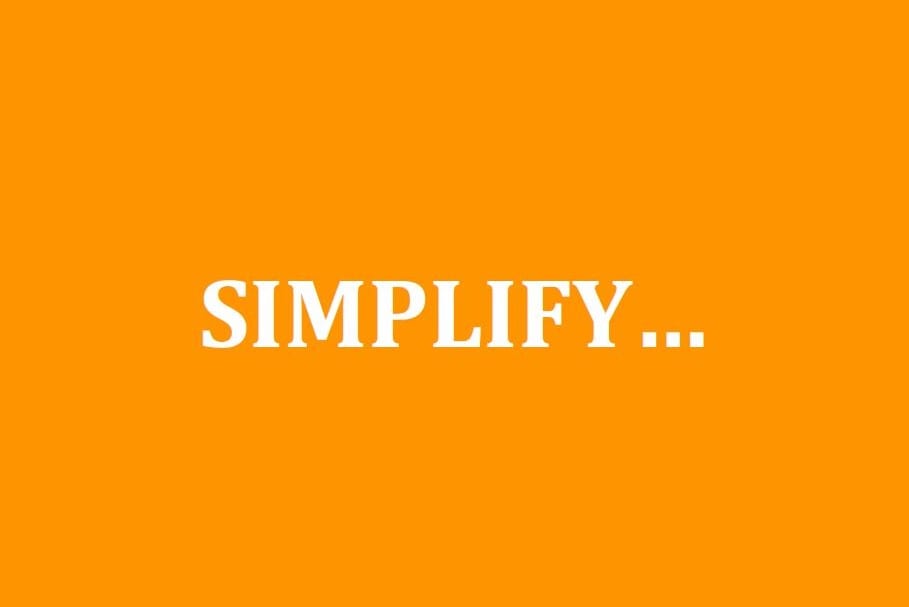‘The ability to simplify means to eliminate the unnecessary so the necessary can speak’ Hans Hoffman
Are you overwhelmed when you realise that your available time is vanishing, whilst your ‘To Do’ list just gets longer and longer?
Here’s how you can simplify and eliminate the unnecessary.
As Andrew Beveridge describes it, you don’t have a finite job where you work to set hours and go home on time. You have an infinite job, with objectives to deliver. Some are planned whilst others emerge over time – and there is no end point.
You can’t manage an infinite job by just adding more and more hours.
Change the way you think about and manage your work.
“The definition of genius is taking the complex and making it simple.” Albert Einstein.
For those involved in the leadership of small architectural and design practices, work is divided between:
- Working IN-Business, in your projects.
- Working ON-Business, with the stress and complexity of business management.
Neither can prosper without the other.
How can you mitigate the stress of managing a small architectural/design practice?
Simplify the complexity created by an ad hoc approach to ON-Business fundamentals.
Start with clearly allocating time to working ON the business (which will require the same planning and rigour used for projects) to working on the seven fundamental business functions needed to keep the business running.
Complexity creates fog, simplicity clears it.
Would you like to be able to take full control of your business and maximise its potential?
Did you know that there is more opportunity to measurably improve the success of your business by improving your ON-Business performance, than by trying to squeeze the last drops of productivity out of your projects?
The reason is quite simple, as a project professional, you have been trained and gathered tacit knowledge, experience and wisdom about being more efficient and effective, delivering project services and solutions. It has allowed you to mitigate the risk and margin of error on your projects, therefore additional small improvements will require significant effort.
Conversely, almost the exact opposite is true of running your small practice – limited training and knowledge (and lack of interest) in business fundamentals leads to low performance levels. This means there is an opportunity for significant improvements which can be achieved with limited effort. It just has to be focused on what’s necessary.
Start simplifying your ON-Business performance by eliminating the unnecessary with these improvements:
- Organise and Reduce
- Priorities and Time Management
- Systems and Synergies
So you can step-up to your Next Level and expand your project-passion into Sustainable Prosperity, transforming your striving into thriving.

